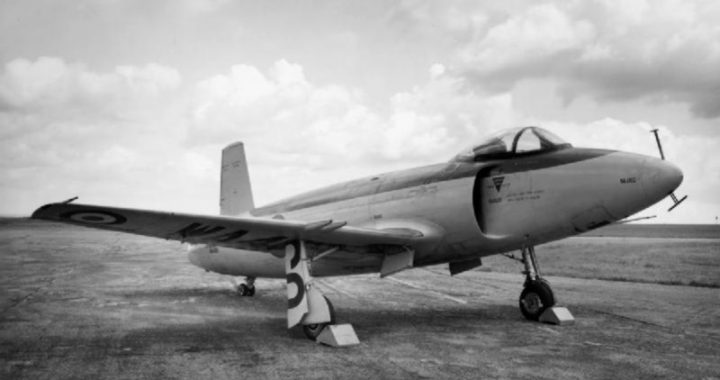Supermarine Attacker: Royal Navy FAA’s (Fleet Air Arms) first Jet Fighter
From the family of the Supermarine jet fighter aircraft, we bring to you another aircraft. The name of this aircraft is Supermarine Attacker which was the single-seat jet fighter of the navy designed as well as manufactured completely by the Supermarine. The aircraft was developed to serve the British Royal Navy’s Fleet Air Arms or … Continue reading Supermarine Attacker: Royal Navy FAA’s (Fleet Air Arms) first Jet Fighter
